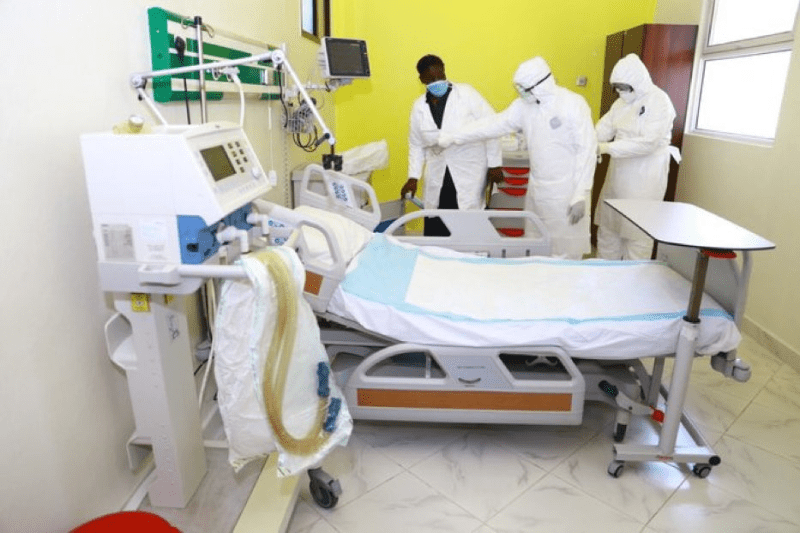In Kenya, nearly three-quarters of intensive care unit (ICU) beds are in Mombasa and Nairobi. Because of this, hospitals in rural areas have scarce ICU units, which are already full.
The spread of Coronavirus in Rural Areas
As the new coronavirus is spreading into rural areas in Kenya, health systems have started turning away patients as there are no available beds. Recently Kenyans received saddening news of a refugee’s deaths, a retired civil servant, and a member of parliament. Kenyans across the country were led to believe that three deaths were caused due to the COVID-19. But medical practitioners reported that all the deaths occurred because emergency help was miles away. The three patients in critical condition could not receive the necessary treatment in the rural areas they got infected in; hence they met their end.
Most medical practitioners believe that the problem will worsen drastically with the Christmas festivities, not just in Kenya. They fear that numerous individuals will move from capital cities to villages or remote areas to connect with their families during the holiday season. Due to this, the number of infections and deaths might increase significantly.
Infections in Kenya
Currently, Africa is recording 10,000-12,000 cases daily, which is similar to figures recorded in July when there was a peak in Infections. In July, the rise in infections was observed to have occurred after most governments eased lockdowns that curbed the disease but decimated jobs. When Kenya`s President softened measures across the country, Kenya recorded daily cases and deaths daily in November. Figures showed nearly 90,000 infections and 1,500 deaths after the lifting of restrictions in Kenya. Some experts in Kenya say the real tally is much higher than what is announced. They say this because of inadequate testing and a policy of only counting hospital deaths in Kenya.
One death that occurred due to lack of emergency help happened in the Kakamega area of rural western Kenya. Member of parliament Justus Murunga went out on a visit to his rural home in Kakamega. However, when he got to his rural home, the parliament member developed breathing problems and needed to go to the hospital. Mr. Justus arrived at the nearest public hospital but was turned away as there was no oxygen. At a private hospital 20 minutes away, medics could not resuscitate him, and he ended up dying on November 14. Mr. Justus`s brother Henry Washiwa told reporters that his brother would have been saved if the public hospital had been well equipped.
Lack of Medical Equipment and ICU Beds
Kenya`s population stands at 51 million people. Currently, the country has 537 ICU beds and 256 ventilators, according to a study conducted in July 2020. In rural areas, hospital ambulances don`t have fuel, there`s a lack of reagents for testing, contract tracing is weak, and referral hospitals are overburdened. Moreover, health workers across Kenya threaten to strike if their pay demands are not met sooner than later.
In Kenya`s remote northwest housing, the Kakuma refugee camp ICU care is a nine-hour drive away. Due to this, six COVID-19 patients died in the camp clinic due to a lack of equipment like a ventilator. Meanwhile, in Kenya`s Indian Ocean coastal county of Kilifi, critical COVID-19 patients are referred to Kwale. Patients have to travel two hours by ferry to get to Kwale. Some other patients get referred to Mombasa, which is one hour away. But in Mombasa, the ICU wards at both the biggest public and private hospitals have been full since early November.
More:
- 47% of Kenyans Experienced Job Loss After Covid 19 Hit
- Kenya Could Be Headed for Second Surge of Coronavirus


















